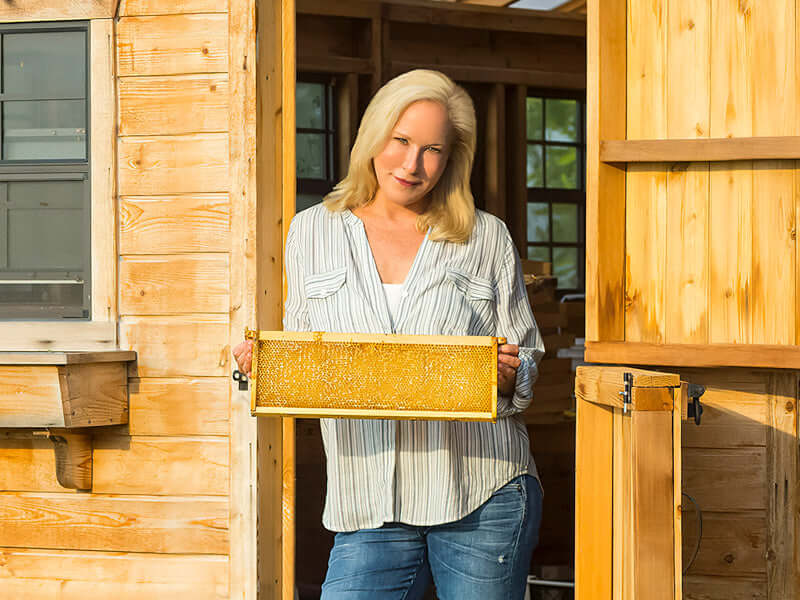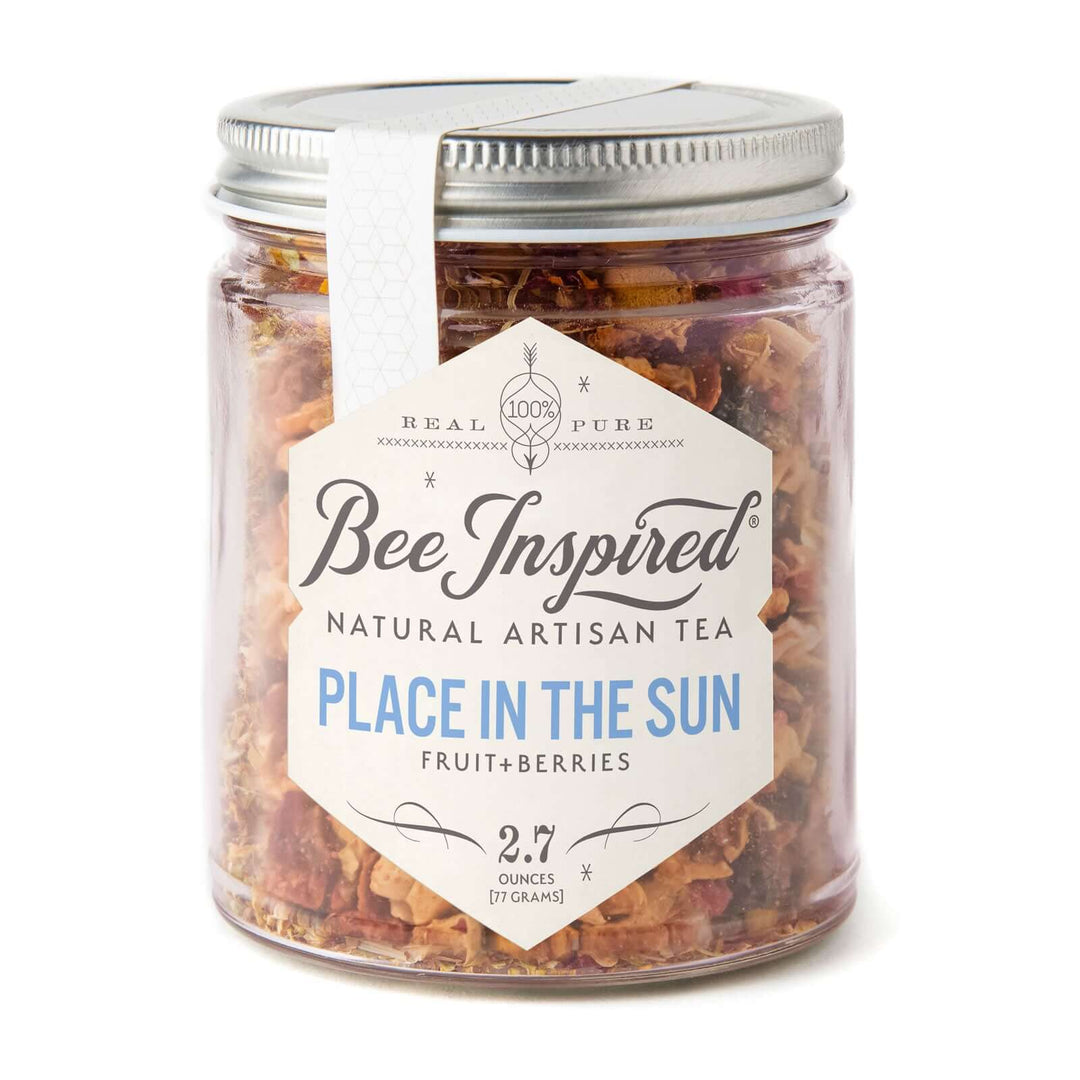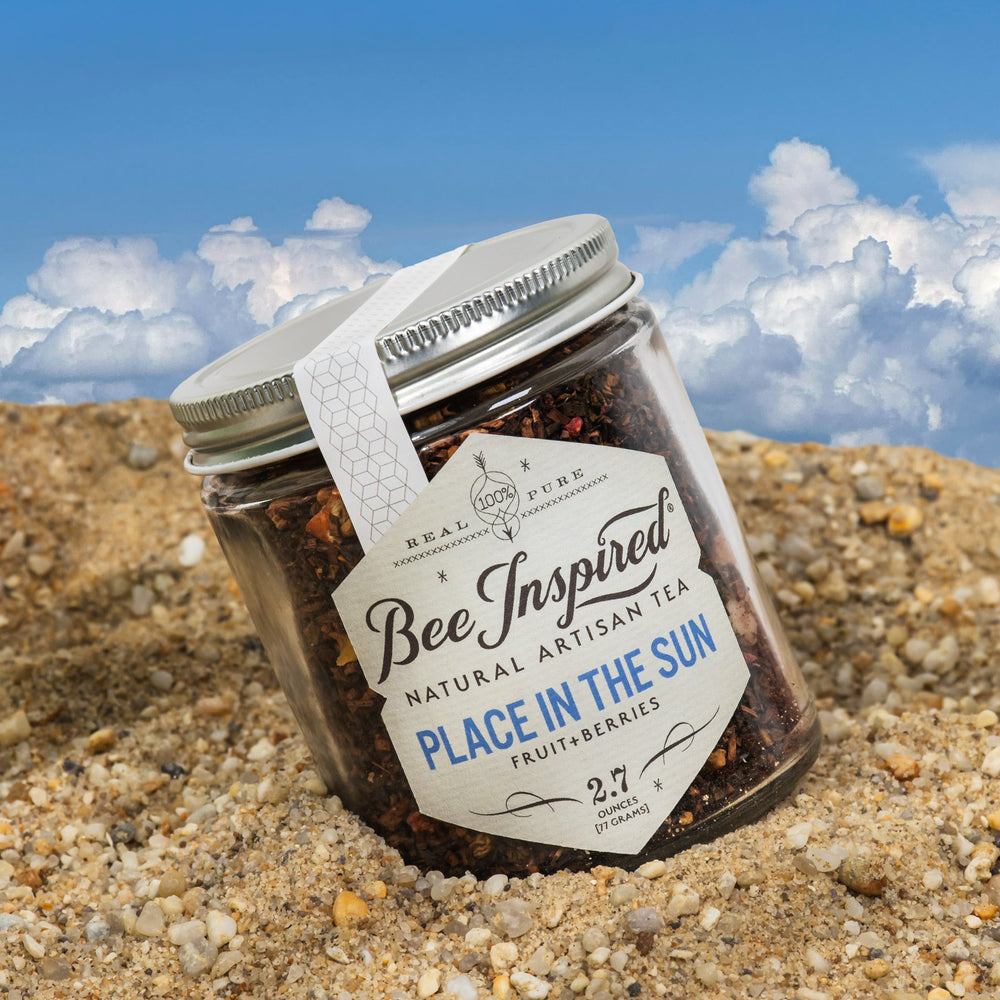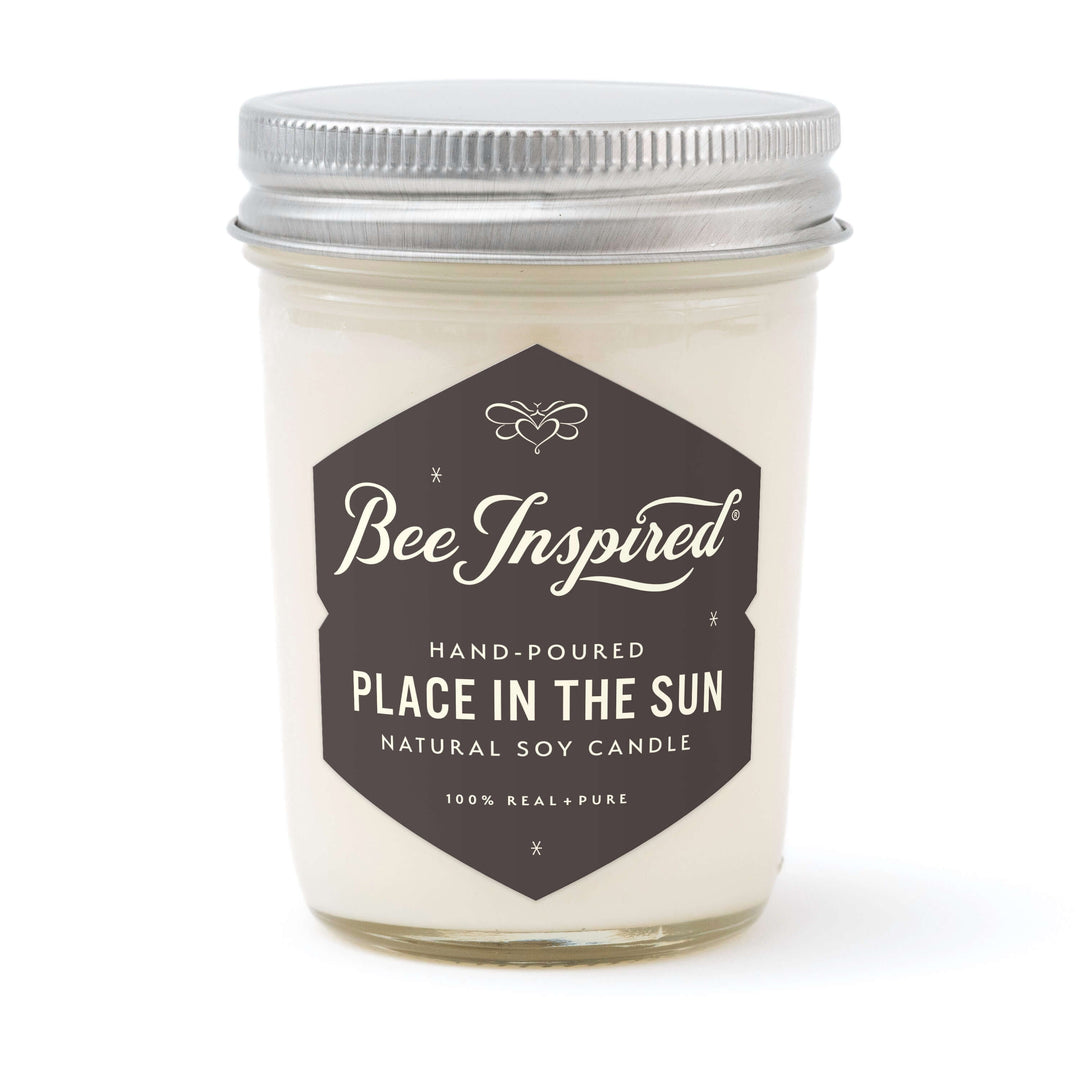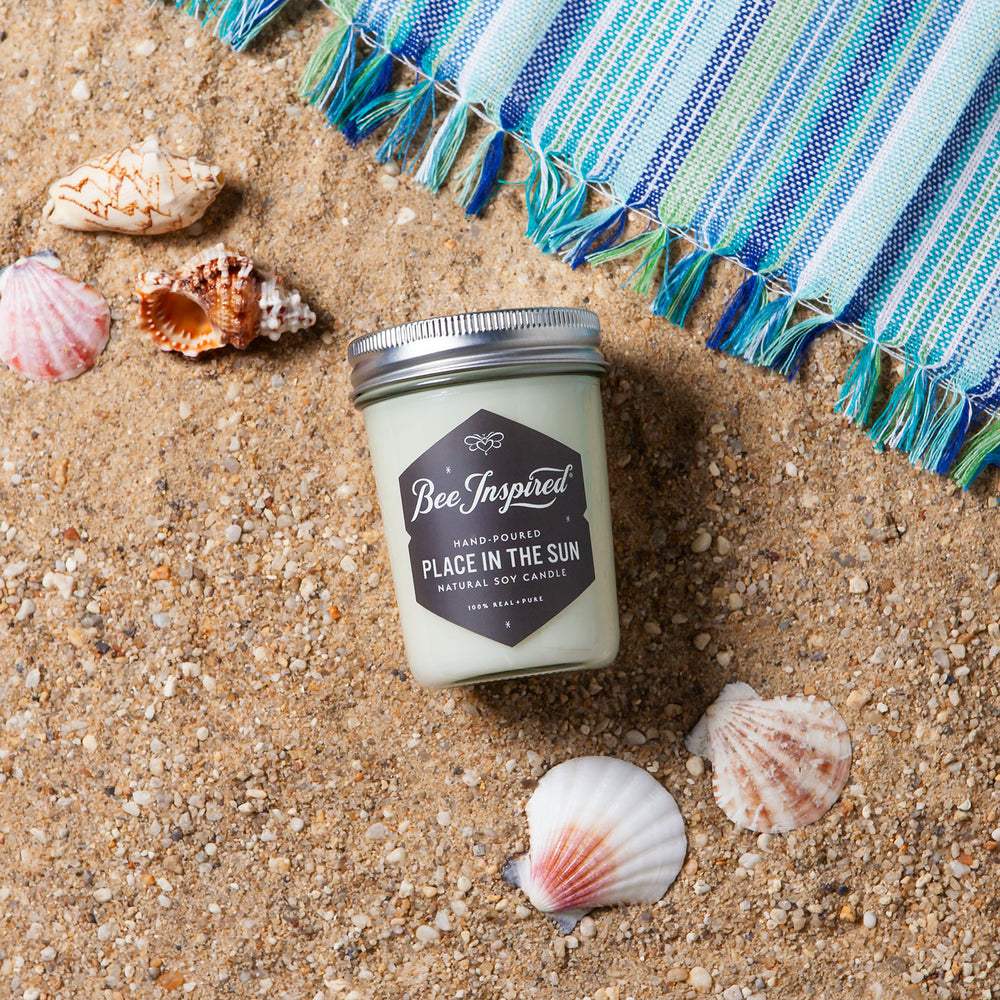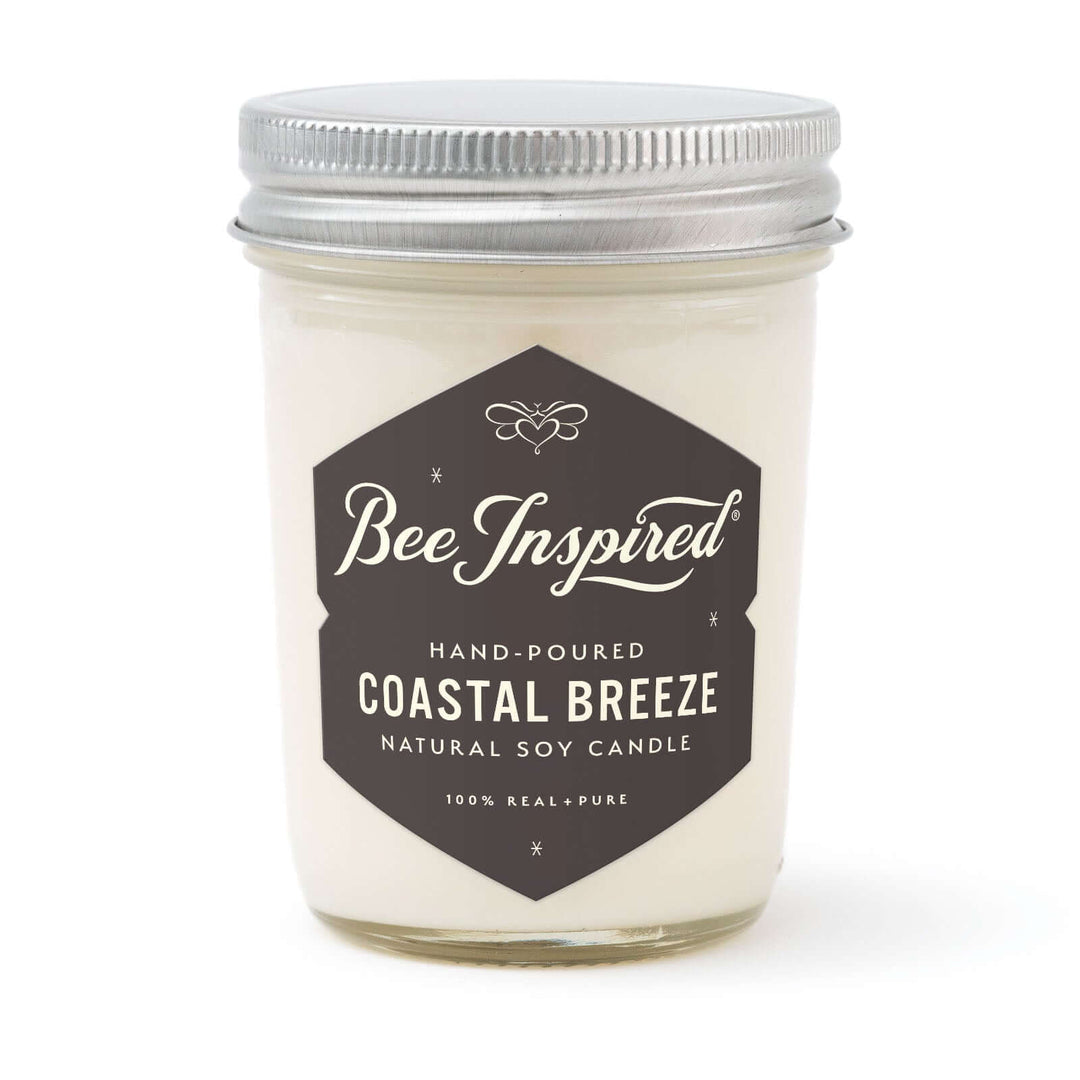Discover the natural beauty and ecological benefits of Maryland's native wildflowers in this comprehensive gardening guide. From the iconic Black-Eyed Susan to essential pollinator plants like Butterfly Weed, these native species offer sustainable landscaping solutions that support local ecosystems while creating stunning seasonal displays. Whether you're planning a pollinator garden, seeking low-maintenance perennials, or wanting to connect your landscape to local honey production, Maryland's native wildflowers provide the perfect foundation for environmentally conscious gardening.
Learn all about our Chesterhaven Beach Farm
Why Maryland Native Wildflowers Matter
Maryland's Eastern Shore boasts some of the most beautiful and ecologically important wildflowers in the Mid-Atlantic region. These native Maryland plants not only create stunning landscapes but also support local ecosystems, pollinators, and honey production. Whether you're a beginner gardener or experienced landscaper, growing native wildflowers in Maryland offers countless benefits for both your garden and the environment.
Top 10 Native Maryland Wildflowers Every Gardener Should Know
1. Black-Eyed Susan (Rudbeckia fulgida) - Maryland's State Flower
Why it's perfect for Maryland gardens:
- Thrives in full sun to partial shade
- Blooms from June through October
- Attracts butterflies, bees, and birds
- Drought-tolerant once established
- Perfect for wildflower meadows and pollinator gardens
Growing tips: Plant in well-drained soil and water regularly during first year. Self-seeds readily for natural garden expansion.

2. Butterfly Weed (Asclepias tuberosa) - Essential Monarch Host Plant
Benefits for Maryland pollinators:
- Primary host plant for Monarch butterflies
- Bright orange flowers bloom June-August
- Extremely drought-tolerant
- Attracts native bees and hummingbirds
Planting guide: Requires full sun and sandy, well-drained soil. Avoid overwatering as it prefers dry conditions.

3. Purple Coneflower (Echinacea purpurea) - Medicinal Powerhouse
Garden advantages:
- Long blooming period (June-September)
- Seed heads provide winter bird food
- Natural immune system booster
- Low maintenance perennial
Care instructions: Plant in full sun with good drainage. Deadhead spent blooms to encourage continued flowering.

4. Wild Bergamot (Monarda fistulosa) - Bee Balm's Wild Cousin
Pollinator benefits:
- Attracts bees, butterflies, and hummingbirds
- Natural pest deterrent
- Fragrant leaves perfect for herbal teas
- Spreads naturally to form colonies
Growing requirements: Prefers full sun and moist, well-drained soil. Excellent for naturalized areas.

5. Goldenrod (Solidago spp.) - Fall Pollinator Lifeline
Late-season value:
- Blooms August-October when other flowers fade
- Critical food source for migrating Monarchs
- Supports over 100 species of moths and butterflies
- Excellent for dried flower arrangements
Planting tips: Thrives in various soil conditions. Contrary to popular belief, does not cause hay fever.

6. New England Aster (Symphyotrichum novae-angliae) - Autumn Beauty
Why choose native asters:
- Vibrant purple blooms in fall
- Attracts late-season pollinators
- Deer resistant
- Provides winter habitat for beneficial insects
Care guide: Plant in full sun to partial shade. Pinch back in early summer for bushier growth.

7. Wild Columbine (Aquilegia canadensis) - Spring Ephemeral
Shade garden benefits:
- Thrives in partial shade
- Attracts hummingbirds with red and yellow flowers
- Blooms April-June
- Self-seeds in favorable conditions
Growing conditions: Prefers moist, well-drained soil in woodland settings.

8. Coral Honeysuckle (Lonicera sempervirens) - Native Vine Alternative
Advantages over invasive species:
- Non-aggressive native vine
- Red tubular flowers attract hummingbirds
- Produces berries for birds
- Blooms spring through fall
Installation: Provide support structure and plant in full sun to partial shade.

9. Wild Lupine (Lupinus perennis) - Nitrogen Fixer
Soil improvement benefits:
- Fixes nitrogen naturally
- Attracts beneficial insects
- Blue flower spikes in late spring
- Host plant for Karner Blue butterfly
Planting requirements: Needs sandy, acidic soil and full sun exposure.

10. Spicebush (Lindera benzoin) - Woodland Shrub
Ecosystem value:
- Host plant for Spicebush Swallowtail butterfly
- Bright yellow fall foliage
- Berries provide bird food
- Tolerates wet conditions
Growing guide: Perfect for rain gardens and naturalized woodland areas.

This is a beautiful Spicebush Butterfly
How to Start Your Maryland Native Wildflower Garden
Site Selection and Preparation
Choose the right location:
- Assess sun exposure (full sun vs. partial shade)
- Test soil drainage
- Consider existing vegetation
- Plan for mature plant sizes
Soil preparation:
- Remove invasive weeds
- Avoid adding fertilizers (natives prefer lean soil)
- Consider no-till methods to preserve soil structure
- Test pH levels (most natives prefer neutral to slightly acidic)
Planting Timeline for Maryland
Spring planting (March-May):
- Plant nursery-grown perennials
- Direct seed cool-season annuals
- Transplant divisions from established plants
Fall planting (September-November):
- Ideal time for most native wildflowers
- Plants establish strong root systems over winter
- Direct seed native annuals for spring germination
Maintenance Tips for Native Wildflower Gardens
Year-round care:
- Water deeply but infrequently once established
- Avoid pesticides and herbicides
- Leave seed heads for winter bird food
- Cut back perennials in late winter/early spring
Encouraging natural spread:
- Allow plants to self-seed
- Divide clumping perennials every 3-4 years
- Create corridors connecting wildlife habitats

Supporting Maryland Pollinators with Native Plants
Creating Pollinator-Friendly Landscapes
Design principles:
- Plant in drifts of 3-5 plants per species
- Ensure continuous blooms spring through fall
- Include native host plants for butterfly larvae
- Provide water sources and nesting sites
Seasonal bloom calendar:
- Spring: Wild Columbine, Spicebush, Early Asters
- Summer: Black-Eyed Susan, Butterfly Weed, Bee Balm
- Fall: Goldenrod, New England Aster, Late Coneflowers
How Native Wildflowers Create Exceptional Seasonal Honey
Maryland's native wildflowers directly support local honey production by providing diverse nectar sources throughout the growing season. Each bloom period creates distinct honey flavors that reflect the seasonal wildflower varieties:
Spring wildflower honey captures the delicate sweetness of early blooms like Wild Columbine and Spicebush, creating light, floral honey with complex botanical notes. This abundant season produces exceptional Wildflower Honey that showcases the diverse early-season blooms across Maryland's landscapes.
Summer wildflower honey develops richer, more complex flavors as bees gather nectar from Black-Eyed Susans, Butterfly Weed, and Bee Balm. During this period, bees also visit fruit tree blossoms, creating varieties like Orange Blossom Honey with its distinctive citrusy sweetness and bright floral notes.
Fall wildflower honey showcases the deep, amber tones from late-season bloomers like Goldenrod and New England Asters, creating honey with more intense flavors and darker colors. This robust season also produces exceptional varieties like Buckwheat Honey, harvested from the tiny white flowers of buckwheat plants that bloom when many other flowers have finished flowering. With its rich, molasses-like flavor and nearly black color, buckwheat honey perfectly captures autumn's bold character.
The beauty of wildflower honey lies in its varietal nature—each jar tells the story of the specific flowers blooming during harvest time. Unlike processed honey, raw wildflower honey retains natural enzymes, pollen, and the authentic taste of local Maryland botanicals.

Check out our entire Raw Eastern Shore Honey collection
Where to Source Native Maryland Wildflowers
Local nurseries specializing in natives:
- Maryland Native Plant Society chapters
- Local conservation organizations
- Certified native plant nurseries
- Seed exchanges and swaps
Online resources:
- American Meadows (regional seed mixes)
- Native plant databases
- Extension service plant lists
- Local master gardener programs
Environmental Benefits of Growing Native Wildflowers
Ecological advantages:
- Reduced water usage (up to 50% less than non-natives)
- Elimination of fertilizer and pesticide needs
- Carbon sequestration in soil
- Habitat creation for 95% more wildlife species
Cost savings:
- Lower maintenance requirements
- No need for replacement plantings
- Reduced irrigation costs
- Natural pest control

Start Your Maryland Native Wildflower Journey
Growing native Maryland wildflowers offers unparalleled benefits for both gardeners and the environment. These plants have evolved over thousands of years to thrive in Maryland's climate, making them the perfect choice for sustainable, low-maintenance landscaping.
By incorporating these native species into your garden, you're not only creating beautiful landscapes but also supporting local ecosystems, pollinators, and artisanal honey production. The diverse wildflowers you plant today will contribute to the complex flavor profiles found in local seasonal honey varieties—from the delicate spring wildflower honey to the robust summer blends.
Experience the taste of your garden: When you grow native Maryland wildflowers, you're literally cultivating the ingredients for exceptional local honey. Each bloom contributes unique nectar that skilled beekeepers transform into raw Eastern Shore honey that captures the essence of Maryland's natural landscape.
Start small with a few key species like Black-Eyed Susan and Butterfly Weed, then gradually expand your native plant palette as you gain experience. As your wildflower garden matures, you'll develop a deeper appreciation for the seasonal honey varieties that reflect your local ecosystem.
Remember: native wildflowers are an investment in both your garden's future and Maryland's ecological health. Every native plant you grow helps create corridors for wildlife, supports pollinators, and preserves our natural heritage for future generations—while contributing to the authentic flavors that make Maryland honey truly special.
Ready to start your native wildflower garden? Contact local native plant societies or extension services for region-specific advice and plant sources. Your Maryland landscape—and local wildlife—will thank you. And don't forget to taste the seasonal honey that your wildflowers help create!






